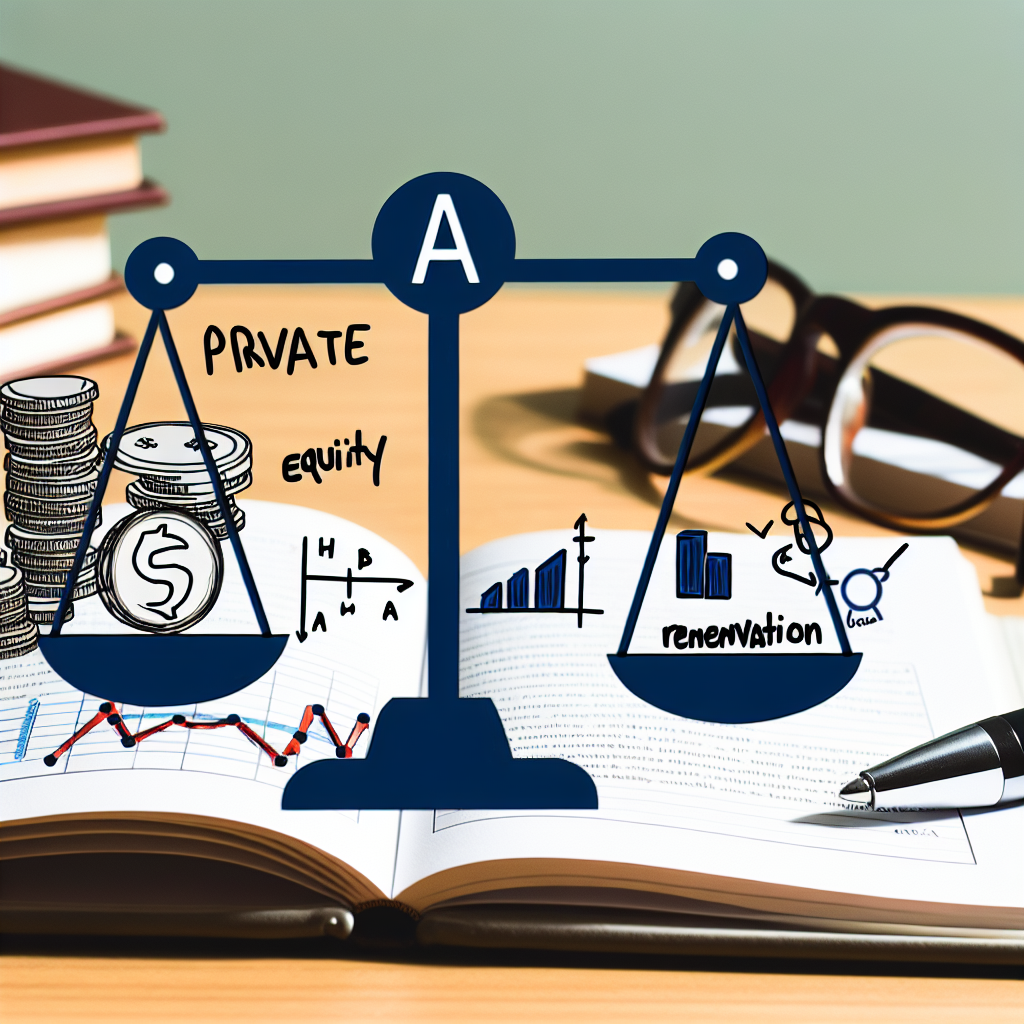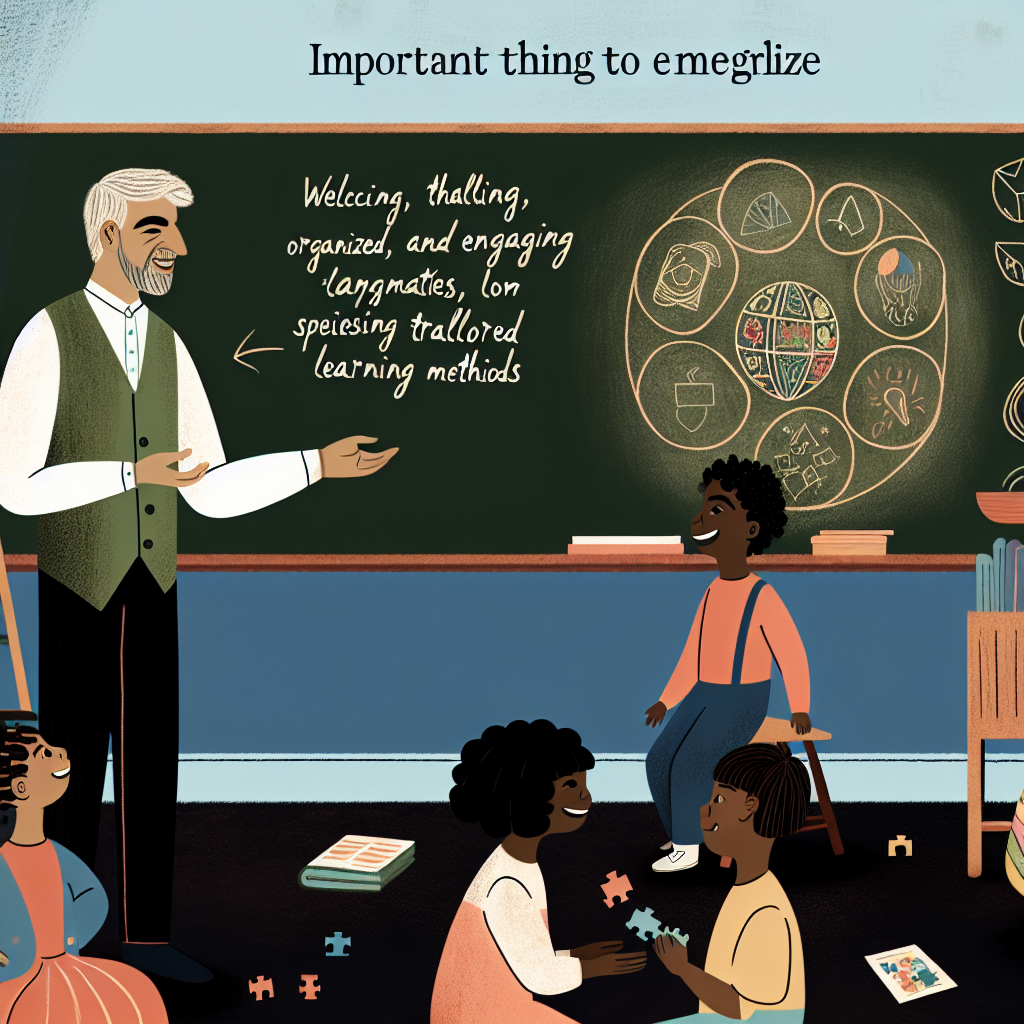Ten Environmental Sustainability Initiatives for Human-Service Organizations
Climate change is no longer a future issue—it’s a current crisis. Businesses across all industries are stepping up to reduce waste, cut emissions, and protect natural resources. But one sector that’s often overlooked in these efforts? Human-service organizations (HSOs), including those working in applied behavior analysis (ABA).
A 2023 paper by Molli M. Luke, Nicole Gravina, and Rachel R. Ulrich, published in Behavior Analysis in Practice, outlines ten practical and research-aligned sustainability steps for HSOs. The article (“Ten Environmental Sustainability Initiatives for Implementation in Human‑Service Organizations”) provides behavior-analytic strategies for integrating greener practices without sacrificing service quality. Let's explore how your organization can begin making meaningful changes today.
Why Sustainability Matters in Human-Service Settings
Before diving into the strategies, it's worth considering why green practices matter in ABA clinics, nonprofits, and other HSOs:
1. Financial Savings
- Lower energy bills through smart infrastructure.
- Reduced material waste = reduced spending.
- Remote work can save on travel and facilities costs.
2. Better Public Image
- Sustainability aligns with client and community values.
- Environmental practices can differentiate your brand.
3. Strengthened Workplace Culture
- Environmental values inspire and motivate staff.
- Sustainable workplaces attract younger, eco-minded employees.
4. Client Learning Opportunities
- Sustainability behavior can be part of social and life skills training.
- Organizations can model environmentally responsible behavior to families and caregivers.
10 Sustainability Strategies Your HSO Can Implement
Luke, Gravina, and Ulrich (2023) highlight ten evidence-informed steps that fit easily into existing programs.
Strategic Practices
-
Embed Sustainability into Your Mission
- Include environmental responsibility in your vision and values.
- Set clear, measurable goals tied to green outcomes.
-
Practice Responsible Investment
- Choose retirement fund options without ties to fossil fuels.
- Work with banks and vendors that follow Environmental, Social, and Governance (ESG) principles.
-
Form a Sustainability Committee
- Gather a team of staff across departments.
- Create rotating leadership to keep ideas fresh and maintain accountability.
Operational Practices
-
Cut Down on Travel Emissions
- Use telehealth as a primary service platform when appropriate.
- Encourage carpooling or public transportation.
- Consider installing electric vehicle (EV) charging stations.
-
Reduce Single-Use Items
- Audit your use of paper, plastics, and packaging supplies.
- Reuse laminated materials and visuals when possible.
- Replace disposable items (paper towels, utensils) with reusables.
-
Offer Plant-Rich Foods
- Snacks for clients and staff can include more plant-based options.
- Source food locally when possible.
- Start a small staff or community garden.
-
Implement Recycling and Composting
- Label bins clearly—most recycling mistakes come from confusion.
- Coordinate pickup with local compost programs.
- Teach clients and families about proper recycling.
-
Make Thoughtful Purchases
- Select vendors with certifications like B Corp or Energy Star.
- Support marginalized vendors (e.g., BIPOC-owned, women-owned).
- Choose non-toxic, biodegradable cleaning and office supplies.
-
Upgrade Your Facilities
- LED lights, solar panels, and smart thermostats save energy.
- Improve insulation and reduce water use with low-flow fixtures.
- Green roofing and HVAC upgrades help regulate temperature efficiently.
-
Include Sustainability in Programming
- Teach conservation and recycling as part of daily routines.
- Embed environmental behaviors into skill acquisition programs.
- Use gardening or nature outings for natural environment teaching.
Making Change Stick: How to Start
Behavior-analytic tools are ideal for turning these ideas into actions that last. Using a behavioral systems approach can help your organization:
Build Participation
- Reinforce small successes publicly.
- Use peer modeling and visual cues.
- Make sustainability initiatives positive—not punitive.
Form a Strong Committee
- Choose volunteers passionate about the topic.
- Rotate participation every 6–12 months.
- Pair projects with manageable goals, like “reduce paper usage by 50%.”
Track What Counts
- Use free carbon calculators to evaluate emissions.
- Monitor monthly data for waste, energy, or travel.
- Report successes during staff meetings or publicly on your website.
Behavior-Analytic Roots in Sustainability
While sustainability may seem new to ABA, it isn’t. Research has shown that behavior-based strategies can help reduce fuel usage, increase recycling, and limit energy consumption. These studies used:
- Visual prompts and feedback to increase recycling.
- Behavior contracts and incentives to reduce unnecessary travel.
- Reinforcement systems to encourage public transit use.
These same principles can be used to transform your organization’s environmental impact.
Simple Steps to Get Started
Don’t feel pressure to overhaul everything overnight. Try:
- Starting with one or two changes like replacing lightbulbs or auditing supply use.
- Holding a “Green Week” with themed staff challenges.
- Incorporating sustainability questions into client and caregiver surveys.
Keep things visible, collaborative, and reinforcing to maximize success.
Final Thoughts
As human-service professionals, our core mission is to care for people and improve lives. Sustainability is an extension of that mission—caring not just for individual clients, but also for the communities and environment we all share.
Don’t wait to take action. Even small choices—like turning off a light or bringing your own mug—can ripple outward to create lasting culture change.
Additional Resources
Call to Action
If you’re ready to bring environmental responsibility to your human-service organization, start by reading the original article by Luke, Gravina, and Ulrich from Behavior Analysis in Practice (2023), Volume 16, pages 905–912. You can access it here: https://doi.org/10.1007/s40617-022-00770-0
Share this post with your leadership team and ask, "What can we do today to reduce our impact and build a better future for our clients and our planet?"
Let’s lead the way—one small behavior change at a time.



